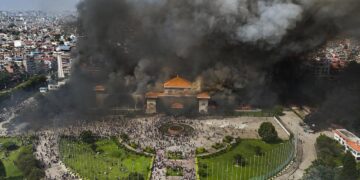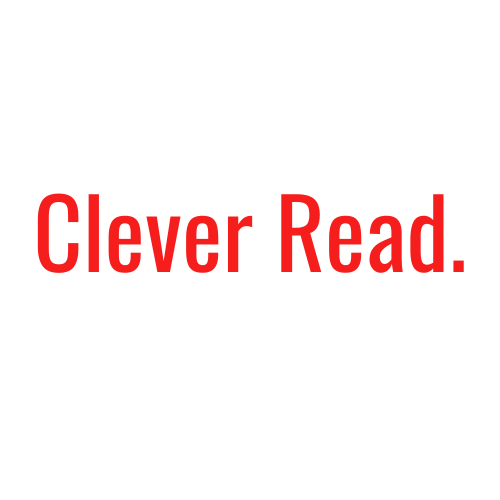
In a major military escalation, the United States has severely damaged a key Iran nuclear site at Fordow in a powerful airstrike over the weekend. Satellite images analyzed by global experts show six deep penetrations in the mountain shielding the underground facility, suggesting the use of advanced bunker-busting bombs.
The airstrike targeted the Fordow uranium enrichment plant—one of the most fortified and secretive nuclear facilities in Iran—located deep inside a mountain. The attack, part of Operation Midnight Hammer, involved 14 Massive Ordnance Penetrators (MOPs), dropped by seven B-2 bombers in a precision “double tap” strike.
“These bombs are designed to destroy heavily protected underground structures,” said David Albright, former UN nuclear inspector. “Fordow is likely out of operation for the foreseeable future.”
Satellite Imagery Reveals Impact
Satellite images from Maxar Technologies clearly show six evenly spaced holes in the mountain ridge above Fordow, consistent with penetrations made by 30,000-pound MOPs. Experts believe these bombs breached the reinforced bunkers and damaged, if not destroyed, hundreds of uranium-enriching centrifuges housed within.
However, the extent of internal damage remains uncertain. Decker Eveleth, an imagery specialist with CNA Corporation, stated, “The main centrifuge hall is buried too deep to evaluate conclusively from space.”
“Unusual Activity” Before the Strike
Days before the attack, satellite images captured unusual movement at the Fordow Iran nuclear site. A long line of vehicles was seen near the entrance, suggesting Iran may have relocated enriched uranium and sensitive equipment. A senior Iranian source later told Reuters that most of the 60% highly enriched uranium had been moved to an undisclosed location before the strike.
This development has alarmed nuclear analysts and U.S. intelligence officials. Jeffrey Lewis of the Middlebury Institute warned, “You can delay a nuclear program, but if you don’t know all the Iran nuclear site locations, Iran could restart quickly—perhaps in places we’ve never seen.”
Other Iran Nuclear Sites Targeted: Natanz and Isfahan
The Fordow strike wasn’t isolated. The U.S. also launched coordinated strikes on two other major Iran nuclear sites: Natanz, the country’s primary uranium enrichment facility, and the Isfahan Nuclear Research Center. These sites are critical components of Iran’s nuclear infrastructure and have long been on the radar of Western intelligence agencies.
Cruise missile attacks reportedly caused significant damage to surface-level infrastructure in Isfahan, although experts remain skeptical about their ability to penetrate the suspected deep tunnel systems beneath the site. At Natanz, satellite images from Airbus Defence and Space showed large impact holes above the underground enrichment halls, consistent with the deployment of Massive Ordnance Penetrators (MOPs).
While the full extent of the damage remains under assessment, these coordinated strikes on multiple Iran nuclear sites suggest a broader strategic objective: to cripple Iran’s uranium enrichment capabilities and delay any potential weapons program developments.
U.S. Joint Chiefs Chairman Gen. Dan Caine confirmed that advanced munitions were used in these strikes but refrained from speculating on whether Iran’s nuclear capabilities were completely neutralized.
Nuclear Treaty at Risk
In response, Iran’s parliament has threatened to withdraw from the Nuclear Non-Proliferation Treaty (NPT)—a move that could halt all cooperation with the International Atomic Energy Agency (IAEA) and remove international oversight.
Daryl Kimball of the Arms Control Association warned, “If Iran exits the NPT, the world will be in the dark about its nuclear program.”
Global Concern Over Covert Expansion
U.S. Senator Mark Kelly, a member of the Senate Intelligence Committee, voiced serious concerns about Iran’s intentions going forward.
“My biggest fear now is that Iran takes the program not just underground physically—but entirely off the radar,” he told NBC News. “This could accelerate rather than stop their efforts.”
Despite claiming its nuclear program is for peaceful purposes, Iran’s refusal to fully cooperate with international inspectors and its near-weapons-grade uranium stockpile raise serious doubts about the true purpose of each Iran nuclear site in operation or development.
A Dangerous New Phase
Albright noted Iran had plans to install thousands of new centrifuges at a proposed Iran nuclear site in Isfahan. “We don’t know where those centrifuges are now. That’s a big question,” he said.
The U.S. operation may have significantly disrupted Iran’s known nuclear infrastructure, but analysts warn that Tehran could now adopt a more clandestine strategy. The destruction of visible Iran nuclear sites like Fordow could push nuclear development deeper underground—and further from the reach of global oversight.

















